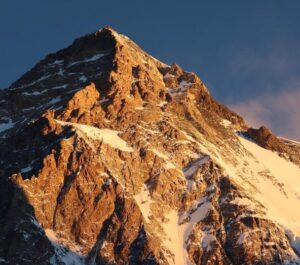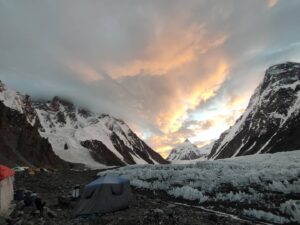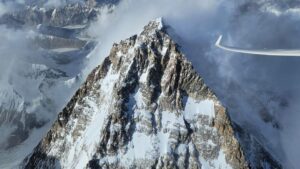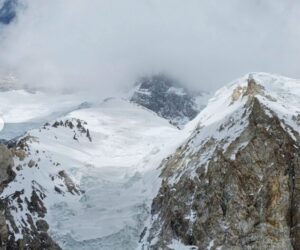Last Sunday, a perceptive reader wondered why climbers had chosen a La Niña season to attempt K2.
With the drive to scoop the first winter summit of K2, the craving for adventure after a dark year, and the unparalleled offer by Seven Summit Treks to allow a large group of paying clients to attempt this major first, it is unlikely that anyone noticed that indeed, La Niña has been highly active since November. And this colder counterpart of El Niño is expected to continue until the end of January, according to the World Meteorological Organization.

Source: World Meteorological Organization
El Niño and La Niña are manifestations of the so-called Southern Oscillation (ENSO), which refers to higher or lower water temperatures in parts of the Pacific Ocean. It affects climate patterns in many areas worldwide. But can La Niña’s impact can reach a place as far from the Pacific as the Karakorum? Yes, meteorologist Michael Fagin of EverestWeather told ExplorersWeb.
Other sources confirm Fagin’s analysis. The Hindustan Times reported recently that La Niña approached its peak in December, and northern India should gird itself for a longer, harsher winter. The Climates-to-Travel website points out that La Niña years come with heavier snowfall while El Niño brings droughts.

The Himalayan range. Map: Wikipedia
A Himalayan trekking operator explained back in 2017 that El Niño does bring drier winters to the region, disappointing some clients who looked forward to snow on their winter treks that year.
But researchers are not unanimous that this phenomenon affects the Greater Ranges. A study published in Climate Dynamics in 2017 states that in the Karakorum at least, it is El Niño (not La Niña) that causes more moisture.
What about the real conditions on K2 so far this winter? Overall, the climbers have had relatively good weather, with lower winds but very cold temperatures. Waldemar Kowalewski, on his second winter attempt of K2, noted that this time has been much colder. “In Base Camp at 5,000m, the thermometer in my tent dropped from -33º to -37ºC,” he said. “Two winters ago, I registered from -22º to -26ºC.” Kowalewski spent this New Year’s Eve in Camp 1 at -40ºC.

Weather for K2, according to multimodel forecast Mountain-weather.com.






